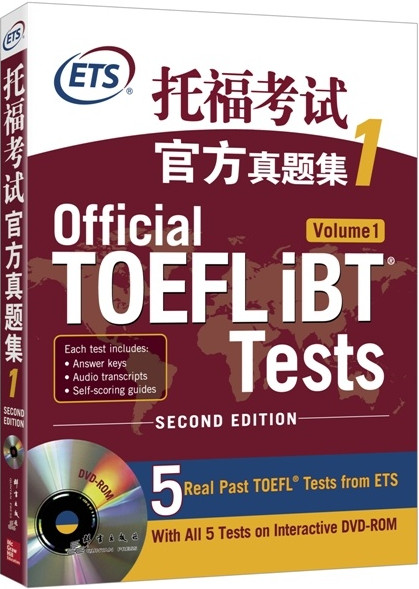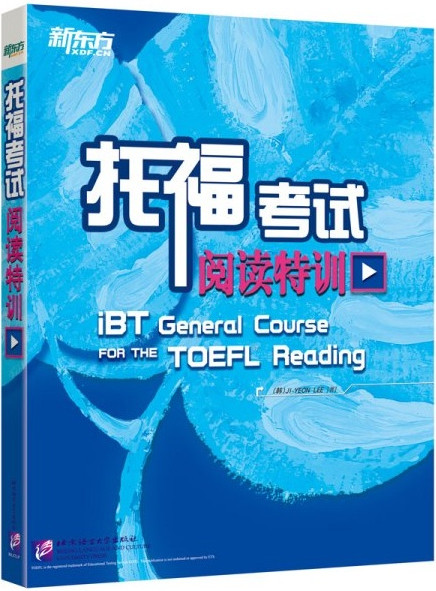�и�ԇ�}_��x����ģ�M�}����1
����According to some scientists, migratory birds should be able to withstand the winter.
����A bird s feathery coat is good insulation against the cold. BECause a bird is warm- blooded, its body temperature always remains constant, even if the temperature of its surroundings changes.
����The factors that trigger migratory behavior in birds are difficult to explain. This behavior seems to be instinctive, not learned. For example, many northern species leave their summer homes while the weather is still warm and the food supply plentiful. Young arctic terns born at the arctic breeding grounds will lake off with the flock for distant lands they have never seen.
����Bird migrations are probably regulated by the glandular system. Scientists suspect that the changing length of the day is the factor that triggers migratory behavior. In an experiment, migratory birds were kept in artificially lighted rooms. It was found that if periods of darkness were lengthened proportionately, the glands of the birds became active. These glands secrete hormones, which are chemicals that control numerous body functions. Shorter periods of daylight seem to change the hormone balance of birds, so that they retain more fat. This stored fat is the fuel that provides the energy for a long flight. The same experiment revealed that the birds became more excited as the artificial night was lengthened. It is probably no coincidence that most flocks begin their migratory flights during the night.
����1. What does the passage mainly discuss?
����(A) Common migratory paths for birds
����(B) Why birds migrate
����(C) Species of birds that do not migrate
����(D) Migration in cold climates
����2. The word "withstand" in line 1 is closest in meaning to
����(A) prefer
����(B) tolerate
����(C) regulate
����(D) understand
����3. According to the passage, which of the following protects birds against cold weather?
����(A) Glands
����(B) Hormones
����(C) Feathers
����(D) Artificial light
����4. The word "constant" in line 3 is closest in meaning to
����(A) invariable
����(B) persistent
����(C) predictable
����(D) responsive
����5. The word "its" in line 3 refers to
����(A) temperature
����(B) cold
����(C) coat
����(D) bird
����6. In lines 7-9, the author mentions young arctic terns as an example of birds that
����(A) do not migrate
����(B) breed during migration
����(C) migrate instinctively
����(D) adapt to the cold
����7. The word "they" in line 16 refers to
����(A) glands
����(B) birds
����(C) body functions
����(D) hormones
����8. According to the passage, birds exposed to longer periods of darkness experience all of the following changes EXCEPT
����(A) activated glands
����(B) excited behavior
����(C) retention of more fat
����(D) increased appetite
����9. In the experiment mentioned in the passage, the scientists adjusted the birds
����(A) food supply
����(B) body temperatures
����(C) exposure to light
����(D) brain chemistry
����10. Where in the passage does the author mention the substance that enables birds to fly long distances?
����(A) Lines 2-4
����(B) Lines 5-7
����(C) Lines 10-11
����(D) Lines 16-17
�����𰸣�
����BBDAACDABD





